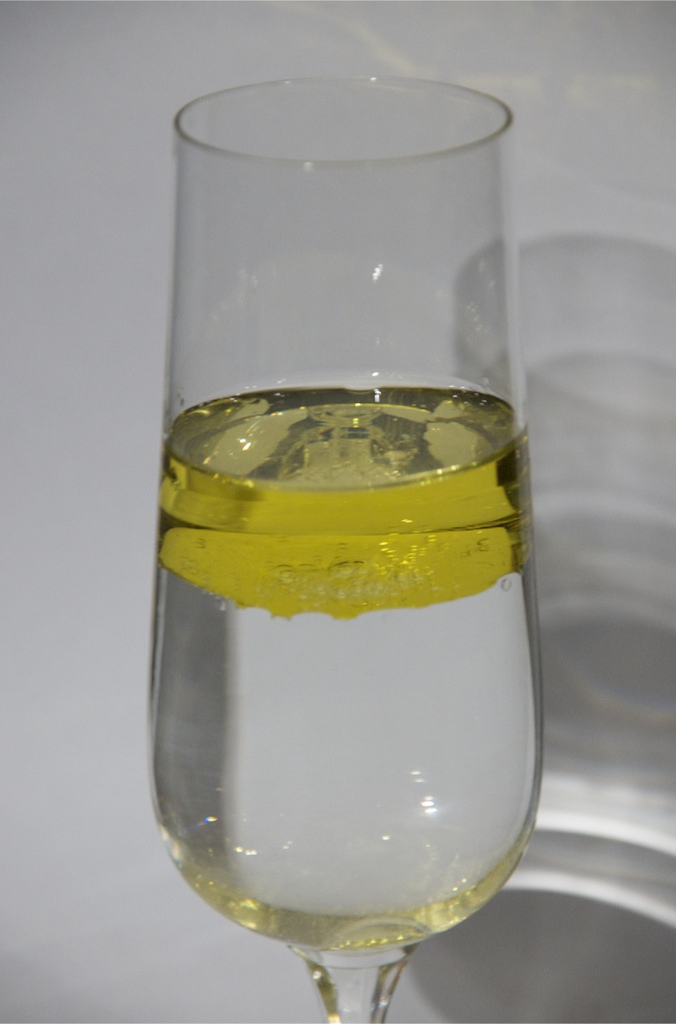Plants get a bum rap for being lazy do-nothings who are content to bask in the sun all day if you let them. Furthermore, a bunch of them just go dormant for months at a time every year, lacking the motivation to even do something as basic as growing leaves and photosynthesizing. There is one group of plants, who, sick of being labeled as “lazy” and “inanimate,” have decided that letting the sun’s rays convert water and CO2 into sugar isn’t enough for them. These brave souls are the carnivorous plants, and this article is their reward.
Plants are autotrophs, meaning that they produce their own food, normally through photosynthesis. Photosynthesis is a complex process by which plants use energy from the sun to combine water and CO2 to produce glucose, a simple sugar. Contrary to popular belief, carnivorous plants are no different from other plants in this respect, and still photosynthesize to produce food. However, while non-carnivorous plants rely on extracting nutrients, such as nitrogen and phosphorus, from the soil, carnivorous plants have adapted the ability to extract nutrients from creatures unlucky enough to be trapped by their fiendish foliage. This allows carnivorous plants to exploit low-nutrient environments, where other plants may fail to thrive.
According to Barry Rice, a prolific author on the subject of carnivorous plants, in order to be defined as such, a plant must exhibit three specific adaptations. First, the plant must have clear structures designed to trap prey; second, the plant must be able to digest the prey; third, the plant must be able to absorb and use the nutrients from the digested prey.
Currently, there are more than 670 described species of carnivorous plants that feed on prey ranging from single-celled animals to small fish and even frogs. There have been instances where small mammals and birds have been found dead in a trap, the apparent victim of a carnivorous plant — however, Rice argues that any mammal or bird unable to fight their way out of a plant’s grasp was probably injured or diseased, and therefore close to death anyway.
There are five main types of carnivorous plants, each with uniquely evolved methods for capturing their prey, the simplest of which are probably the sticky plants, or fly paper plants.
Flypaper plants
Flypaper plants have leaves or stems covered in sticky excretions that trap their prey. While some of these plants have the ability to move and bring the trapped prey to digestive organs, others employ a much lazier, but altogether cooler mechanism for digesting their meal.
Some flypaper plants have evolved symbiotic relationships with specific species of insects. When the plant traps its prey in the sticky mucous, another insect comes along and eats the unfortunate trapped bug, and proceeds to defecate on the plant, providing it with its trapped prey’s nutrients in a usable form.
Pitfall plant
Like the flypaper plant, the pitfall plant is very simple in its design and action. In a pitfall plant, leaves have curled around and fused to form a cup, which fills with digestive liquid, providing prey, who fall in, with a watery end. Some pitfall plants are more advanced than others, and while some are open-topped, and often overfill with rainwater, others have developed lids to keep rainwater out, slippery lips to increase the likelihood of prey falling in and waxy sides to prevent prey from crawling out before they drown.
Once in the watery grave, prey are either digested by enzymes — which break down the prey, protein by protein — bacteria or even very small animals, like insect larvae.
Lobsterpot plant
A lobster pot plant is somewhat similar to a pitfall plant, only no fall is involved. Like the pitfall plant the lobsterpot plant has a chamber filled with digestive juices, however, instead of relying on an accident and gravity to do the dirty work, lobster pot plants trick their prey into becoming victims.
Some plants entice prey with structures dripping with nectar, while others have translucent or white parts in the trap, which allows sunlight to filter through and attract the unsuspecting bugs — perhaps by creating a situation whereby the insect confuses the trap for the exit, and moves farther in, toward its demise.
Once in the trap, structures such as backward-facing hairs keep the prey from escaping.
Suction plants
Perhaps the coolest carnivorous plants are the exclusively aquatic suction plants, which literally suck their prey into their digestive chamber.
While there are several kinds of suction plants, they all work by the same basic mechanism. In preparation for trapping prey, the plant expels the water from a hollow chamber, creating a light vacuum. The plant then sits and waits for prey to come.
When prey comes close enough to trigger the plant, a small door on the digestion chamber opens, sucking in the surrounding water along with the poor protozoan, water flea or tiny fish, which is promptly digested.
Snap plants
The snap plant, of which one of the two known species, is commonly called “the Venus flytrap.”
Snap plants have leaves divided into two sections, which, when the trap is set, lie apart, creating a large landing pad for wandering and foraging insects. On the surface of the landing pad are trigger hairs, which, when disturbed, cause the cells on the outside surface of the pad to quickly swell, snapping the two leave haves closed.
The prey, now trapped, struggles and disturbs more trigger hairs, further closing the two halves of the leaf, sealing the prey inside, where it eventually suffocates and is digested.
Snap traps normally ensnare insects, however, according to Rice, frog skeletons have been found inside some larger examples.
So, the plant kingdom turns out to be a lot less innocent than you once thought. You could be forgiven for your naïveté; what with all their seasonal dormancy and laying around, who would have thought that among those docile photosynthesizers were a bunch of blood thirsty killers waiting for their next meal?



